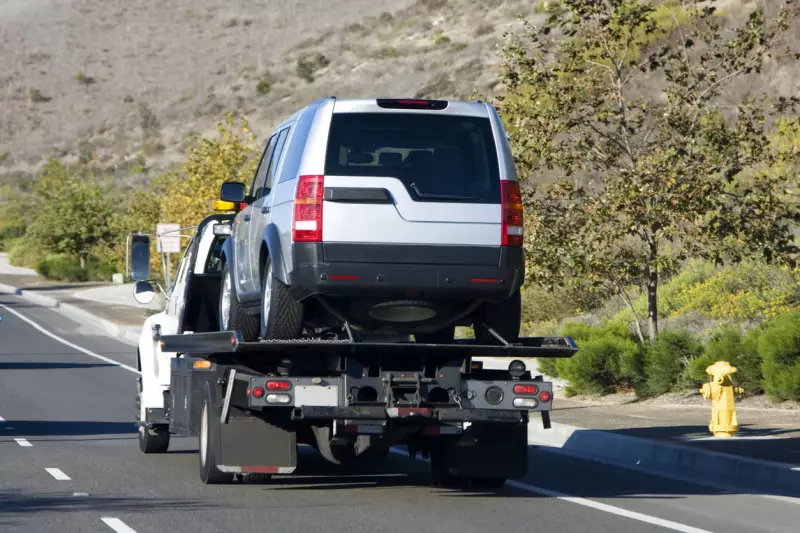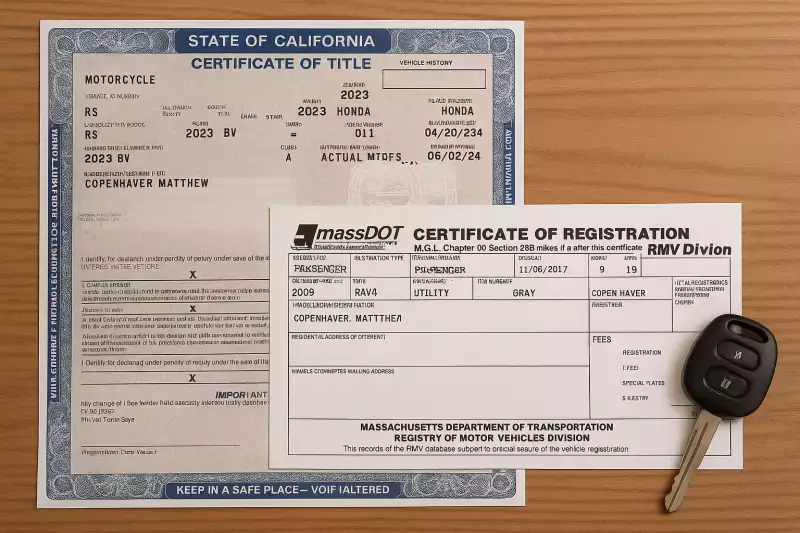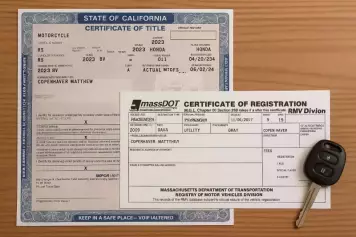Car loans help people afford vehicles by spreading the cost across several years. However, life is fickle, and unexpected expenses or unfavorable loan terms can impact your ability to keep up with these payments.
At these times, a car loan is a severe financial drain, but there’s more you can do than grit your teeth and suffer. There are several ways to exit a car loan, but doing so may require making some hard choices. The method you choose will depend on your financial and life circumstances.
How To Get Out of a Car Loan Legally?
Dealing with a car loan the right way is essential. Poor handling may lead to penalties, credit score drops, and even lawsuits when your goal is to get out of financial difficulty. The following methods are practical and legal ways to get out of an auto loan.
Refinance Your Car Loan
Refinancing your loan agreement allows you to keep your car by adjusting terms like the interest rate or monthly payment amount. This measure gives borrowers room to breathe while satisfying the creditor.
The creditor evaluates the existing car loan and the borrower’s credit score. Creditors offer more favorable terms if the borrower’s credit score improves after signing the original loan. However, there are ways to refinance with a lower credit score, such as using a co-signer.
Refinancing is best used by individuals in good standing with their creditors. This means that they have maintained a stable or improved credit score and a history of timely payments. It is recommended that they ask about refinancing options before getting too behind.
Those curious about refinancing can use a car loan calculator to estimate new terms based on the vehicle’s value and their most recent credit score. This simulation lacks other context, such as income stability, but can provide general insight into whether refinancing is an option.
Sell the Vehicle Privately
Selling your car can get enough funds to reduce or eliminate your loan balance. However, private sales are only possible if the loan is paid off and the lender releases the lien and title. This means the lender must cooperate even if the sale covers the balance.
Most creditors and banks provide steps to facilitate these sales. You will likely bring the buyer into one of their offices and settle the balance. You must be able to cover the difference if the sale does not cover the existing balance.
For example, if you owe $10,000 and the car sale is for $7000, you must pay the remaining $3000, or the bank may not release the title.
Some people pay the entire balance out of pocket before selling the car. This method risks you financially if the buyer backs out at the last minute.
Trade-In the Car for a Less Expensive Vehicle
A method of transportation is required in most lifestyles, but you don’t have to keep relying on a car outside your price range. Under the right conditions, trading in your car for a less expensive model can wipe out a loan.
In this scenario, you are selling your vehicle to a dealership. The salesman quotes you a trade-in value that hopefully covers your existing loan with enough left over to buy another vehicle. This tactic only works if your vehicle is worth a significant amount.
Dealerships are notorious for paying grossly under-market value for trade-ins. This is because they shoulder the costs of reselling your vehicle while making a profit. Research your car’s value and look at offers from multiple dealerships to find the best deal.
Voluntary Repossession

Voluntary repossession is the process of returning an asset to the lender. Traditional repossession is an ugly process, and the lender is responsible for additional costs like towing and storage. From this perspective, it’s best to let go of an asset on your own terms.
However, repossession has serious downsides and should be considered a last resort.
The most significant con is that repossession does not absolve the borrower of their debt. The lender puts the car on auction to cover some of the principal, but they are still responsible for the remaining balance.
Surrendering your vehicle is similar to defaulting on a debt and can damage your credit score. A record of the repossession will stay on your report for seven years, making it more challenging to pass credit checks.
Transfer the Loan to Another Person
In rare cases, lenders may transfer their car loan to another party. This method protects your credit score by having a more capable party take on the financial responsibility. Most lenders require the new party to meet the loan requirements, such as a high credit score or stable income.
- Verify with Your Lender: Contact your lender and see if a loan transfer is on the table.
- Check the New Borrower’s Qualifications: The new borrower will submit a loan application pending a credit check. Based on the results, new loan terms will be assessed.
- Complete the Transfer: After completing the paperwork, the new owner can update the title at the DMV and assume the loan.
There’s no guarantee that your creditor will allow a loan transfer. Car loans are particularly contentious because it is challenging to distinguish ownership between the primary driver and the loan holder. This confusion is problematic for insurance and liability.
Pay Off the Loan with Savings or a Personal Loan
The most straightforward way to get out of a car loan is to pay it off in full. Those with enough savings can pay a lump sum. Some are reluctant to make such a large transfer, but years of interest will hurt more in the end.
However, paying all at once is only an option for very few people. Most choose to finance because their living situation requires more spread-out payments.
People without enough savings can apply for a personal loan to replace their car loan. Rather than refinance, borrowing from another source that’s more willing to offer better terms may be more manageable. Shop around and compare repayment terms to determine if this is an option.
Negotiate with Your Lender for a Loan Settlement

Creditors want to receive full payment but will settle for less if they don’t think the borrower can pay. After all, they want to recoup some of the amount and may have already earned more than the principal from interest payments.
In a loan settlement, the borrower pays a lump sum that is less than the total loan balance to get out of the car loan. The creditor is incentivized to accept because there is a lower future non-payment risk.
This negotiation provides financial relief and keeps people from filing for bankruptcy. However, creditors hold a negative view of settling an account since it is ultimately a loss for the lender. The settlement will appear on your credit score and affect future applications.
This option is best suited for situations where you cannot afford other solutions and have exhausted all alternatives.
Best Way to Get Out of a Car Loan
There are many ways to get out of a car loan you can’t afford, but choosing the right one depends on your circumstances. You can leverage your car as an asset or sell it off. You can pay for the car’s total amount to protect your credit score or take the hit and negotiate a settlement.
Consider what is most valuable to your situation and how urgently you must exit the loan. There are tame and extreme options. Tactics like voluntary repossession and loan settlements should be saved until you’ve exhausted all other choices.








![Best Sites to Check a Car’s History [2025 Review]](https://media.infopay.net/thumbnails/K8lMeG2QLjE46LPqZlmoi6SunKKdT5qvlaRZk6e1.webp)










![Best Sites to Check a Car’s History [2025 Review]](https://media.infopay.net/thumbnails/K8lMeG2QLjE46LPqZlmoi6SunKKdT5qvlaRZk6e1-w356.webp)
